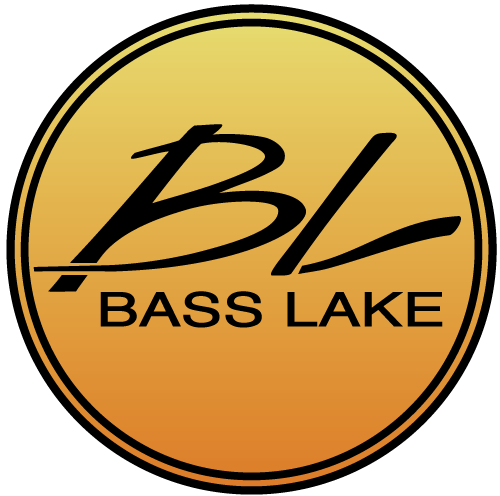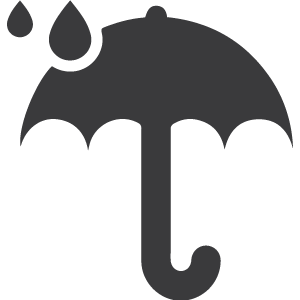Bass Lake History
Bass Lake is a located approximately 1 hour northwest of Fresno and approximately 17 miles from the Southern Gate to Yosemite National Park. Bass Lake’s emerald green water and sandy shores are nestled amongst tall Pines at an elevation of 3415 feet.
A hundred years ago Bass Lake was not a lake at all, but a lush meadow surrounded by pine tree covered hills and mountains. The Chukchansi Indians have inhabited the area for Thousands of years. The Mono Indians came to the area about 200 years ago. A detachment of the Mariposa Battalion came across the valley in 1851 shortly after their discovery of Yosemite Valley. After observing flocks of what they thought were Sandhill Cranes, they decided to name the large meadow area Crane Valley. The large grey-blue birds were actually Great Blue Herons which still populate the area. Through Crane Valley flowed Willow Creek, a tributary of the San Joaquin River. In 1895, a plan was devised to use the waters of Willow Creek to generate hydroelectric power for residents of the great San Joaquin Valley.
The San Joaquin Electric Company was formed and the first earthen dam was built in Crane Valley in 1901. Mule-drawn freight wagons carried machinery and supplies up the mountain and went down loaded with timber that had been cleared from the reservoir site.
In 1902 the San Joaquin Light & Power Corporation was formed to purchase the electric company and later the electric operations of the rival gas company. The dam was enlarged in 1905 and the present Dam was built in 1910 (145 feet high).
The lake was called Crane Valley Reservoir for many years but the name was eventually changed when a small Bass Lake lumber operation polluted the lake, killing all the fish that were in it. The lumber company was ordered by the government to replace all the fish that were lost. The chosen fish was Bass, hence the new name - Bass Lake.
Bass Lake is now owned and operated by Pacific Gas and Electric Company and the waters of the lake are still used today to generate electricity, irrigate farmland in the Central Valley and for numerous recreational activities. The lake is considered a "warm water" lake with water temperatures reaching near 80 degrees during the summer months.
(Written by USFS)









